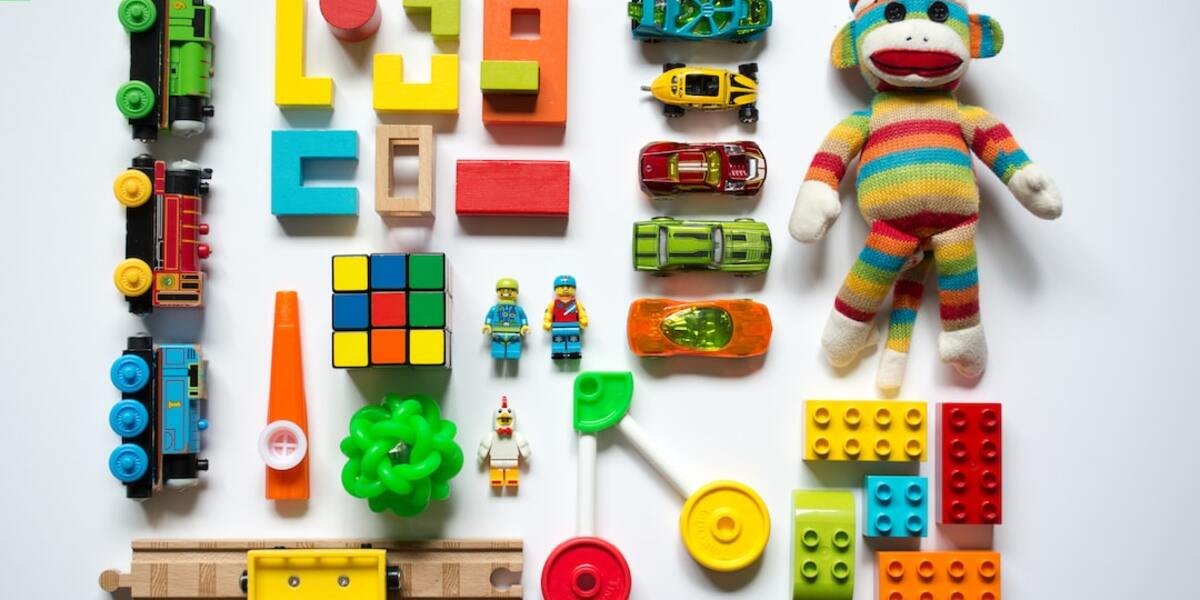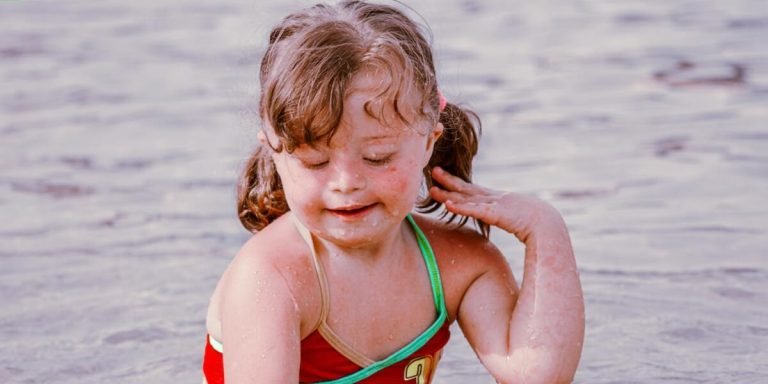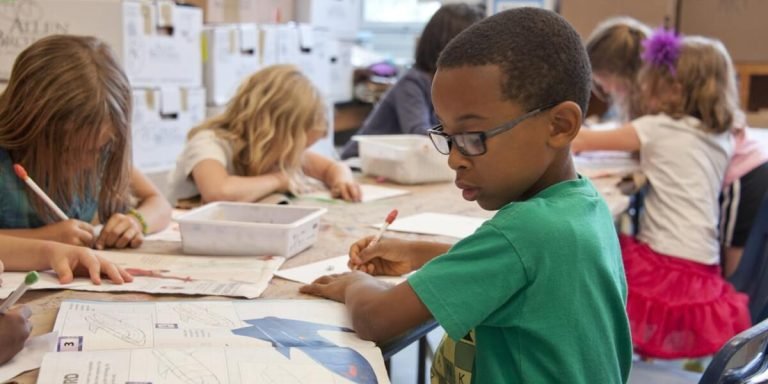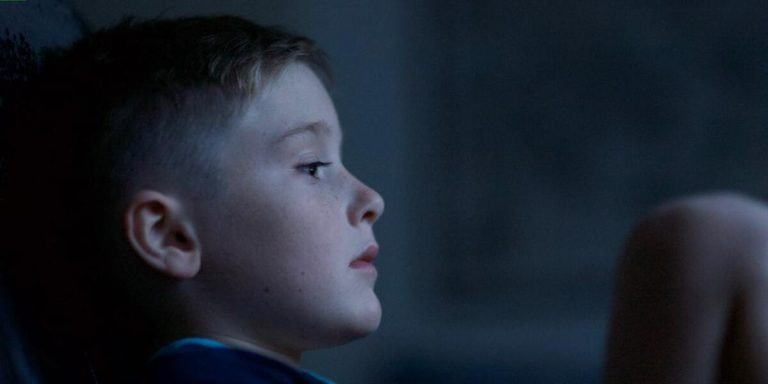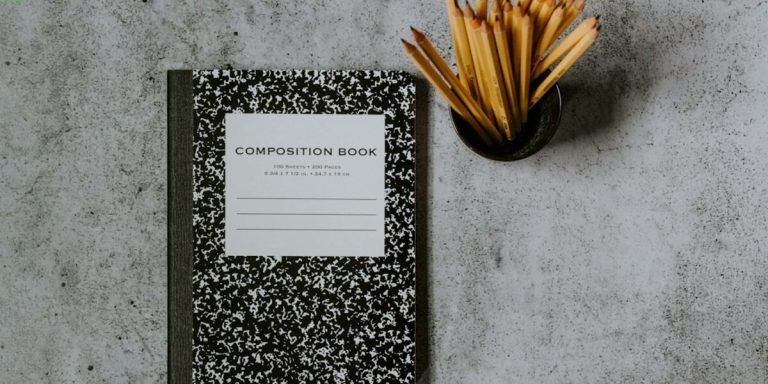BIP Special Education: Understanding its Role in Childhood Learning
The world of education is extensive and diverse, introducing unique methods like BIP special education to support learning in children with different needs. This approach plays a pivotal role in bridging the gap between conventional educational practices and the individualized requirements of students who face challenges during their learning journey.
Understanding BIP special education requires delving into its concept, strategies, benefits and how it uniquely supports student’s growth. Recognizing these elements can empower parents or educators seeking efficient resources for enhancing childhood development. With this awareness comes an assurance that specific education resources have been designed keeping every child’s progressive learning at the forefront.
Did you know?
Little known fact: Behavior Intervention Plans (BIPs) are not only for students with disabilities. They can be implemented as a supportive tool, under certain circumstances, to improve the learning environment and outcomes of any child struggling with systematic behavioral issues in school.
Understanding BIP in Special Education
Behavioral Intervention Plan (BIP) is a vital component of special education that seeks to identify and address the behavioral issues inhibiting a child’s learning process. It emphasizes understanding the cause behind disruptive behaviors and devises strategies for change rather than opting for punishment or segregation. As we continue navigating through 2023, technology has become an indispensable part of BIP in enhancing teaching methodologies.
For educators working with kids requiring special attention, developing individualized Behavioral Intervention Plans using digital tools becomes significant. Technology aids in collecting essential data regarding the student’s behavior patterns over time more accurately compared to traditional practices, making it easier for teachers to track improvements or regressions throughout diverse periods.
Moreover, integrating advanced technologies like Artificial Intelligence can facilitate personalized learning paths adapted uniquely according to each child’s needs under BIP – broadening perspectives beyond standardized ways of educating children with unique requirements.
The Role of Behavior Intervention Plans (BIP) in Student Support
Behavior Intervention Plans (BIP) play a pivotal role in special education, particularly where technology integration is concerned. BIPs are essentially strategies designed to aid students who exhibit behavior that may interfere with learning – their own or of others.
The development of a well-structured BIP involves identifying the problematic behaviors, analyzing them and then designing interventions aimed at modifying or replacing these behaviors. Let’s look into why they hold such importance for student support in today’s technologically advanced educational environment.
Firstly, we’re living in an era where digital tools have become ingrained into our lives. Likewise, technological advancements have brought about several innovative solutions within the realm of special education too. Consequently improving the quality of education bestowed upon students requiring additional assistance due to unique learning challenges presented by disabilities or specific conditions.
In this context comes bip special education: A potent tool helping educators strategize beneficial changes evenly balanced between behavioral modification methods and utilizing tech resources effectively for reshaping negative attitudes exhibited during classroom activities.
These plans utilize positive reinforcement techniques based on rewards rather than punishments fostering intrinsic motivation amongst learners thereby promoting more constructive behavior patterns over time while leveraging various forms of digital aids tailored specifically matching individual needs aiding academic progression despite any possible limitations faced hitherto; ultimately enabling better overall performance levels seen among these pupils.
Crafting Effective BIPs for Diverse Learning Needs
A Behavior Intervention Plan (BIP), which falls under the broader umbrella of Individual Education Program (IEP), constitutes a strategic plan designed to help students with behavioral difficulties adapt more readily within an educational context.
Consider this scenario: A child displaying disruptive behavior might hinder their personal academic growth as well as that of others around them. This makes crafting effective BIPS absolutely imperative.
In 2023 we’ve seen increasing integration between technology solutions and traditional teaching methods to address these unique requirements resulting from varied learning needs—making life easier both inside the classroom and at home.
The first step involves identifying problematic behaviors through comprehensive data collection strategies—an area where technology can play a significant role, thanks to developments like AI-powered tools that analyze patterns over time or apps enabling staff members to input real-time information about incidents easily.
Strategies for Implementing BIPs in the Classroom
Implementing Behavior Intervention Plans (BIPs) in the classroom is an integral part of special education. It requires strategic planning and execution to address behavioral issues effectively while promoting a conducive learning environment for all students. With technology integration becoming increasingly prevalent, educators now have access to advanced resources that can significantly enhance their ability to deliver personalized BIP strategies.
Each child is unique in his or her way—what works for one might not work as efficiently with another. Keeping this individuality at its core, specialized educational technologies are paving ways towards more customized solutions within BIPs. From digitized monitoring systems that track student’s progress real-time, AI-powered platforms predicting potential alarming behaviors based on data patterns – these innovative tools bridge gaps between traditional methods and modern pedagogical demands.
Furthermore, technology-driven communication channels foster greater collaboration among parents, teachers, and other support professionals involved in creating the child’s behavior intervention plan – bringing about collective effort rather than isolated attempts at addressing challenges associated with special needs education.
Integrating BIPs with Individualized Education Programs (IEP)
Implementing Behavior Intervention Plans (BIPs) effectively within the classroom environment calls for coherent integration with Individualized Education Programs (IEP). This approach creates a structured and tailored educational experience that supports students in their unique learning journey.
A broad initiative taking root in 2023 integrates technology into these two vital components of special education – thereby creating “smart” classrooms responsive to every student’s needs better than ever before.
Integration begins by using advanced analytical tools available today, analyzing both BIP data as well as IEP objectives effectively at one go. Analytical software helps educators comprehend trends from collected student behavior data conveniently juxtaposed with progress on the established individual-specific targets set in IEPs.
Training Educators to Utilize Behavior Management Through BIPS
Equipping educators with the aptitude to incorporate behavior management strategies through Behavior Intervention Plans (BIPs) is crucial in today’s special education classrooms. The strategic integration of BIPs can significantly enhance a learning environment, particularly when addressing challenging behaviors.
Crucial for students that need specialized support like those on bip special education, it’s important that teachers are well-versed not only in creating these plans but implementing them effectively as well. A key aspect here includes understanding a student’s individual needs and tailoring interventions accordingly while still meeting educational standards.
Training programs focused on this area typically involve teaching staff how to identify potential triggers or antecedents leading up to inappropriate behaviors. These may include external factors such as classroom noise levels or more internal ones such as frustration from difficult tasks.
The next step involves training staff on intervention measures; essentially what actions should be taken upon identifying potential triggers? This could range from modifying the physical environment by reducing excessive stimuli triggering an outburst or offering constructive ways for the child to express their frustrations adequately and safely.
Evaluating and Adjusting BIPS for Continuous Improvement
In the realm of special education, Behavior Intervention Plans (BIPs) play a crucial role in helping children with disabilities achieve their full potential. However, simply having BIPs is not enough; they must be continuously evaluated and adjusted for optimal results. Today’s technological advancements are making this process more effective and efficient than ever before.
Evaluating a child’s progress within the spectrum of their personalized BIP requires careful monitoring, analysis, and adaptation. Technology now offers tools that can document real-time data on student performance and behaviors to facilitate these tasks for educators. For instance, digital platforms enable schools to track both academic achievements as well as behavioral developments which quicken the appraisal procedure while maintaining detailed records over time.
Adjusting BIPS efficiently has been significantly transformed by technology integration in education too. Sophisticated software programs can analyze collected information swiftly and suggest adjustments based on established algorithms or patterns identified through Artificial Intelligence processes. This helps minimize guesswork from teachers’ part so they can focus on implementing optimized strategies instead of spending hours trying to crack what works best for each individual child.
The continuous improvement approach fosters an educational environment where every update brings us one step closer towards achieving equality in learning opportunities regardless of any physical or mental constraints – underscoring why it remains vital 2023 onwards still holds true today.
So embracing modern tech resources isn’t about replacing human touch but boosting its effectiveness tenfold when cared most – our children’s future.
Monitoring Student Progress and Adapting Behavioral Interventions
In the current landscape of bip special education, monitoring student progress and adapting behavioral interventions plays a vital role. As we navigate through 2023, technology integration in education is becoming an integral part of this process.
Collecting data on students’ behaviors helps teachers understand how to adjust Behavioral Intervention Plans (BIPs) effectively. They can track whether specific strategies work or if they need modification to better aid learning. To do this successfully, educators should first define precise parameters that translate into measurable outcomes.
Next comes consistent observation and tracking – it’s essential for a child’s developmental journey in the school environment. This involves noting small changes over time – are there fewer tantrums? Is concentration increasing while performing tasks?
Technology has revolutionized this system by providing real-time information about student behavior patterns; hence adjustments could be made promptly as needed rather than waiting for periodic reviews before any action is taken.
Different software tools now assist with storing this collected data conveniently online — allowing schools access anytime from anywhere making collaboration seamless among staff members involved with each child’s individual program.
The usage doesn’t stop at just collection but extends further into analyzing these complex datasets helping identify trends quicker and simplifying decision-making processes leading toward more effective BIPS.
Adaptation in response to gathered insights sets apart modern-day special needs teaching methodologies from conventional ones significantly enhancing their efficiency levels paving way towards holistically improved educational experiences promoting students’ wellbeing alongside academic growth!
Collaborative Approaches: Involving Parents and Professionals in the Evaluation Process
In our pursuit of enriching BIPS (Behavioral Intervention Plans) for continuous improvement, embracing collaborative approaches is extremely important. Particularly in the world of bip special education, where parents and professionals together play significant roles in evaluating and streamlining processes.
Parents are not just spectators but active participants when it comes to children’s educational needs. Their involvement ensures a more holistic understanding of their child’s behavior patterns both inside and outside school settings. In 2023, we see an increased emphasis on parental partnership with teachers as well as other support staff throughout the evaluation process.
The efficacy of interventions often depends upon how comfortably they can be implemented at home too. Therefore, constructive conversations with parents about these strategies become crucial here enabling smooth technology integration into daily routines contributing towards better learning outcomes for students enrolled in bip special education programs.
Another critical aspect that deserves mention is the input from various professionals who bring unique perspectives based on their area expertise such as psychologists or occupational therapists among others.
Conclusion
In the journey of childhood learning, BIP special education plays a key role. It is not merely an educational strategy but a compass that directs children towards successful learning experiences while ensuring their emotional and behavioural needs are equally catered for.
So now that we have navigated through this expanse of BIP special education together, why stop there? Feel free to delve deeper into our website where you’ll find more useful resources and insightful articles focused on educating youngsters. Whether you’re a parent seeking guidance or an educator looking for support tools, we’ve got your back!
Let’s continue exploring together in this quest for impactful early-age schooling knowledge.

